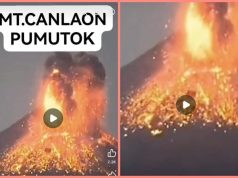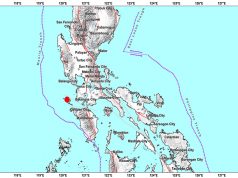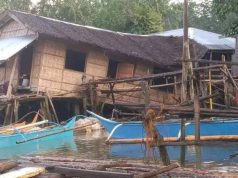A United States agency recently recalled the events that led to and occurred after the cataclysmic episode in the Philippines 27 years after its wake.
#Onthisday in 1991, Mt. Pinatubo erupts. The second-largest eruption of the 20th century, its ash cloud reaches 40km in height. 847 people are killed, though volcano monitoring by @phivolcs_dost and #USGS save potentially thousands of lives https://t.co/xrktYuNaOz pic.twitter.com/JhFmSQkTkK
— USGS (@USGS) June 15, 2018
In an article, the US Geological Survey explained how today’s technology would have been a great help to its scientists and their counterparts at the Philippine Institute of Volcanology and Seismology.
“There is no doubt that with the communication and monitoring tools available to us today, we would learn much more about the buildup to the eruptions and have more and better data to guide our decision-making,” the USGS said.
The USGS also noted on how a “global support group would be available to aid the response” as they were on their own that time.
“Consider that in 1991 there was no easy access to the internet, no connections to other data sets or scientists other than by telephone. The first popular web browser was a couple of years off, CD writers cost around $10,000, and scientific data and analysis were shared mainly by fax.”
The agency emphasized that the current Pinatubo Volcano Observatory, which was specifically built to monitor the fuming volcano in 1991, would have helped in bringing better results, and thereby improved measures to prevent greater loss in life and property.
“Satellite data measuring ground temperatures, gas emissions, and inflation or deflation of the volcano would be sent to PVO where it would be integrated with other data sources to develop forecasts and inform hazard mitigation efforts,” it added.
Despite such predicament back then, the collaborative work of the USGS and Phivolcs were still able to monitor the event in time, which saved many lives.
Being there at the right time
As early as April 2, 1991, a fissure on the north side of the volcano that “was emitting steam and sulfur fumes” was detected, which prompted the immediate probe of Phivolcs scientists led by the late Dr. Raymundo Punongbayan.
Punongbayan asked the help of his counterpart in USGS, Dr. Chris Newhall, and both teams set up the PVO in Zambales.

Aside from Phivolcs and USGS, volcanologists from the Volcano Disaster Assistance Program helped to determine the time of eruption and its severity.
“With air assistance from the U.S. military, the PHIVOLCS-VDAP team installed seven telemetered seismic sites, two telemetered tiltmeters to measure ground deformation, and used a COSPEC (correlation spectrometry) instrument to measure sulfur dioxide gases that would presage arrival of new magma deep in the volcano’s plumbing,” the article said.
With their collaborative work, the teams in the agencies were able to set up an alert system, which helped them carry out evacuation plans two days before the eruption.
More than 5,000 residents from Clark Air Base and nearby cities Angeles, Sapangbato, Dau and Mabalacat were evacuated to a “safe” location about 40 kilometers away—Naval Station Subic Bay (Port of Subic today) and Naval Air Station Cubi Point.
Aftermath
Initial eruptions began on June 12, 1991, and then continued the next day.

Finally on June 15, Mt. Pinatubo had its largest eruption with an ash cloud that rose 40 kilometers into the air and spread farther because of the winds brought by Typhoon Yunya.
Its effects caused changes in the atmosphere that lasted for more than five years across the globe.
Amid preventive measures, 847 people were still killed in what was recorded as the second-largest in the 20th century.
In its assessment, the USGS concluded that effective communication and monitoring between the local officials and the scientists helped in their natural hazard mitigation.
“There is no doubt that with the communication and monitoring tools available to us today, we would learn much more about the buildup to the eruptions and have more and better data to guide our decision-making,” the article stated.










